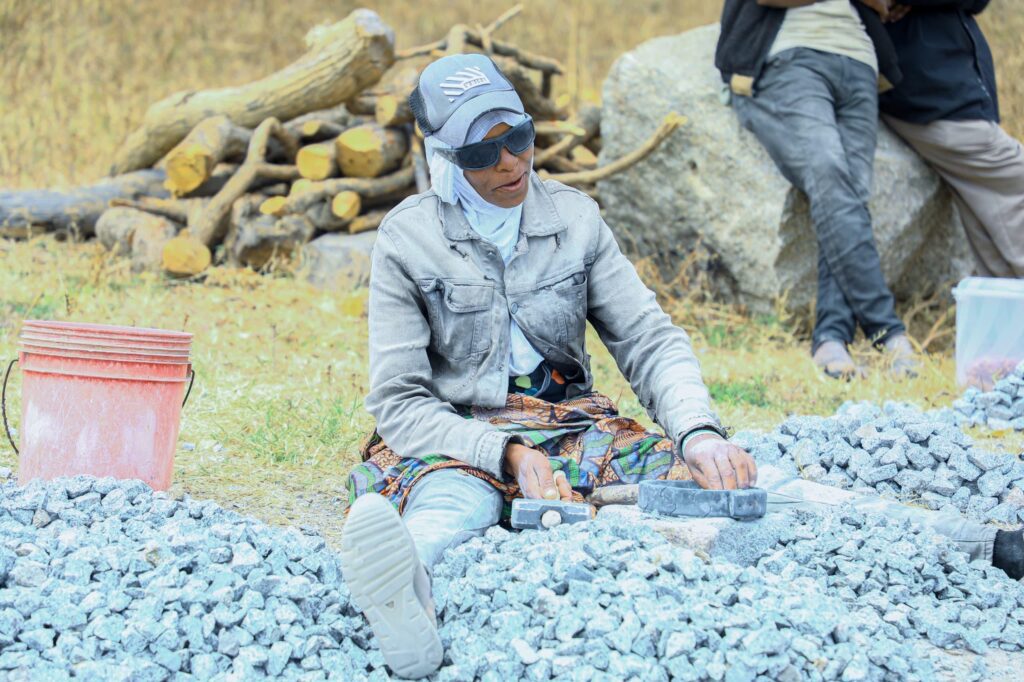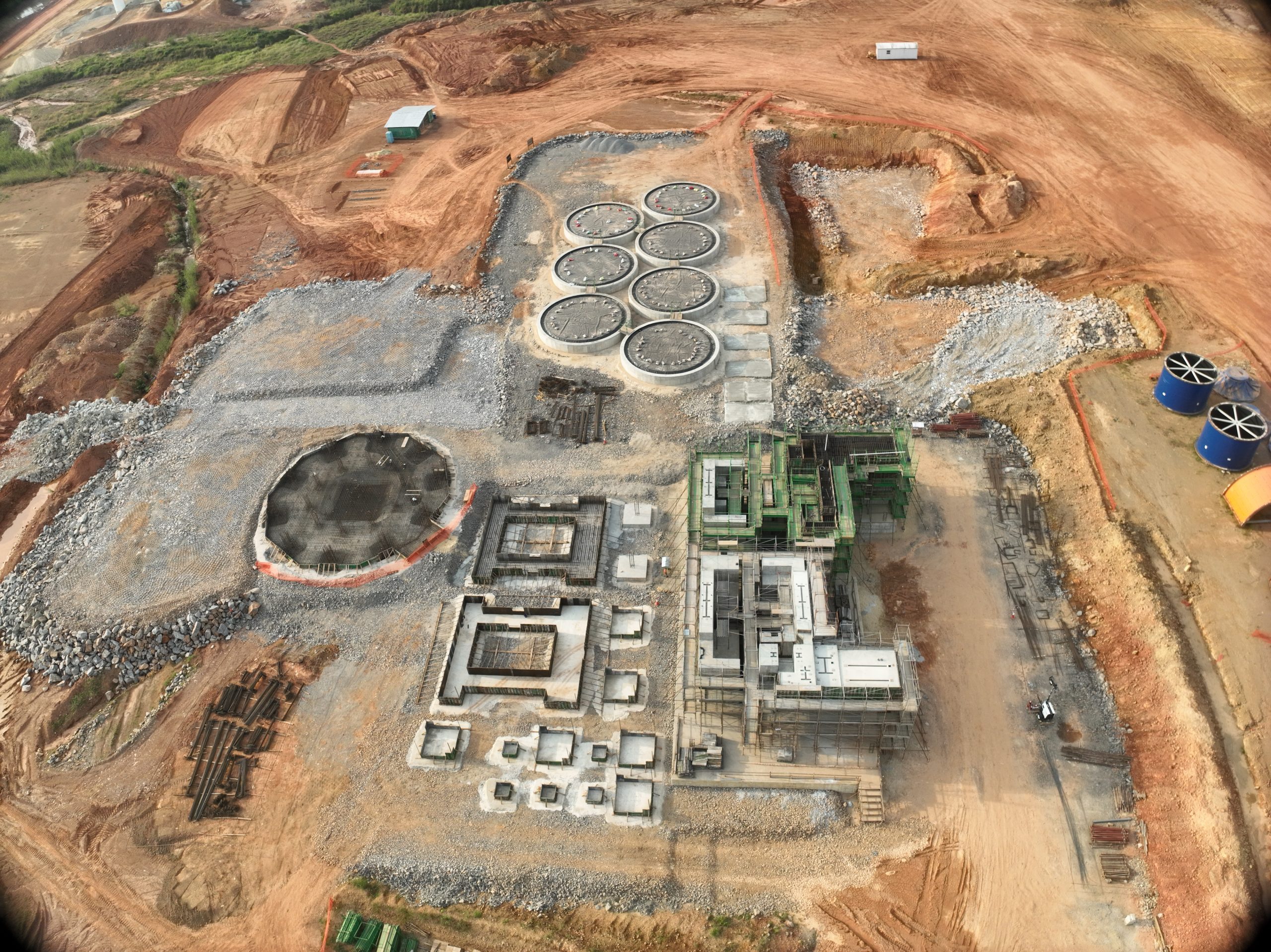
Tuesday, 12th August 2025

By inAfrika Reporter
At sunrise in Dodoma, the inbox at the Mining Commission is already busy: an exporter seeking a permit before a flight, a graphite developer uploading a processing plan, a district office reconciling monthly royalties. A few years back this might have sounded like bureaucracy. In 2025, it reads like predictability—licences issued or revoked on a clock, revenue targets tracked in real time, local-content audits that feel like rules rather than theatre, and beneficiation that shows up as tonnages, not slogans.
The year’s scorecard is blunt. Between July 2024 and March 2025, the Commission issued 8,501 licences, revoked 14 for non-compliance, and warned 95 inactive rights holders. The mix spans Primary Mining Licences in the thousands, hundreds of Prospecting Licences, and a smaller set of Mining, Processing and Refining permits—evidence that artisanal miners, explorers and mid-tiers are all using the formal system. The minister’s cancellation of 14 dormant licences underlined the same point: ground held without work is ground that returns to the pool.
Revenue discipline is catching up with licensing discipline. By late Q3 of FY 2024/25, collections topped TSh 690.76 billion, roughly 69% of the annual target within seven months, as royalties and fees tracked a busy period for gold and other minerals. The wider macro picture in Bank of Tanzania reports lines up: mining was a material driver of early-2025 growth, a function of volumes and prices moving in the right direction. In a sector where leakages used to be folklore, the routinisation of GePG workflows and monthly reconciliations is a civics achievement as much as a fiscal one.
Local content is the number that tells communities whether policy is working. From July 2024 to March 2025, mines and their contractors procured USD 2.04 billion in goods and services; Tanzanian firms supplied USD 1.80 billion (88%), up USD 319 million in absolute value from 2023 (when locals supplied USD 1.48 billion, or 90%). The share slipped; the pie grew—and growing the pie while keeping a high local slice is the harder, better outcome. A visible mechanism is the Mining Local Content Compliance Forum—now in its 4th edition (June 2025, Mwanza)—which functions as part trade fair, part boot camp, and part problem-solving clinic.
Value addition—long promised—now has weights and buyers. Policy tweaks cut the royalty on refined gold to 4%, scrapped the 1% inspection fee, and removed VAT on domestically refined output. The results: 4.55 tonnes of gold were refined locally in the period, and the Bank of Tanzania purchased 2.97 tonnes—a quiet hinge between mineral policy and monetary reserves. New refining and processing licences (including in Chunya) and a pipeline of critical-minerals projects—graphite, lithium, nickel, HMS, rare earths—signal that beneficiation is moving from press conferences to production schedules.
Licensing for critical minerals is becoming a calendar rather than a rumour mill. Early March saw a Special Mining Licence for graphite at Epanko/Mahenge; across nine months, authorities issued dozens of exploration licences and a smaller set of processing permits in battery-value-chain minerals. The spread matters: exploration feeds feasibility, which feeds processing, which feeds export revenue and jobs that survive commodity cycles better than raw-ore booms.
The regulator is also normalising ASM (artisanal and small-scale mining). Most licences issued are Primary Mining Licences, and moving miners from informal to formal channels has tractable benefits: royalties are collectible; environmental practices can be taught and audited; and disputes shift from roadblocks to registries. The Investor’s Guide (2024) explains the fiscal regime plainly—royalties by mineral, the state’s 16% free-carried interest in major projects, and permit lists for import/export—so both village leaders and listed companies can read the same rules.
Permits data show a trade that’s better supervised. In 2024, authorities issued 9,540 mineral export permits, up from 8,809 in 2023, alongside 116 import permits worth USD 14.8 million through March 2025. Bureaucratic to the eye, those counts matter because they reflect an export pipeline that can be predicted (and taxed), and an import pipeline for reagents, equipment, and dore security that’s being tracked.
CSR is shifting from photo-ops to budget lines. Under the 2023 CSR Regulations, mining companies allocated TSh 20.15 billion to council-level projects from July–March—clinics, school blocks, water points—with selection and spending recorded against local plans. It’s not perfect; it is more traceable than before. The test is whether a community can point to a borehole and a ledger entry in the same sentence.
None of this renders the sector easy. A gold-heavy export basket still leaves the country exposed to price shocks; power and road constraints can turn a good week into sludge; and value-addition dreams will stall if maintenance budgets, skills and spare-parts logistics don’t keep pace with shiny new refineries. But a regulator’s value isn’t in press releases; it’s in clockwork. The Commission’s steady publication of licence stats, forum agendas, and policy notes now reads like a system that knows who it owes, what, and when. Predictability is a public good; in mining, it’s also an economic multiplier.
Stand on a ridge at Mahenge or a spoil heap in Geita and the future still looks like rock moved and ore milled. The Commission’s contribution is less visible and more durable: rules that bite, data that arrives on time, and a compliance culture that treats locals as participants rather than spectators. That’s not theatre. That’s how you turn geology into a fiscal base—and keep it that way.


